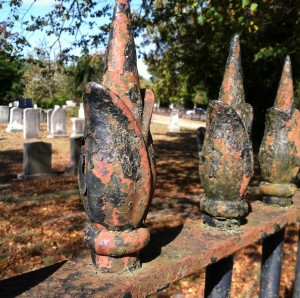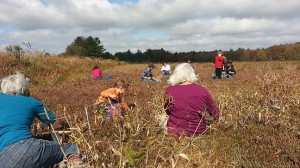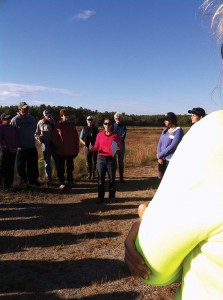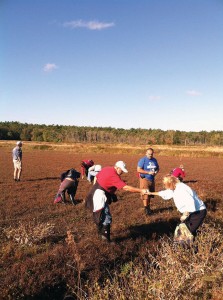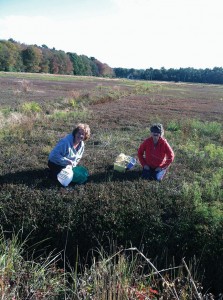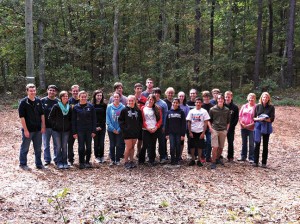What does the historic preservation of town records and documents, restoration of the tennis courts, the bridge for the bike path, historic road map conservation, Center School clock tower rehabilitation, and the Cushing Cemetery fence repair have in common? The answer is the Community Preservation Committee. These projects all secured much-needed cash to do projects that have long-lasting benefit to the residents of Mattapoisett.
The Community Preservation Act of Massachusetts (M.G.L. Chapter 44B) passed in 2000. The act allows cities and towns to raise money that may be used for various projects, projects that might otherwise not be funded. The funds are dedicated for use only for open space, historic resources, affordable housing and the acquisition and development of recreational facilities.
Those towns that have adopted the act may raise funds via a surcharge on property tax bills up to 3%. Presently Mattapoisett imposes .0066% to real estate taxes for this purpose.
Adoption of CPA triggers annual distributions from the state’s Community Preservation Trust Fund, a statewide fund managed by Massachusetts Department of Revenue. The state trust is funded via deed recording fees by the state’s Registries of Deeds. The two fund sources, local and state, combine to form the Community Preservation Fund.
Mattapoisett’s committee is headed by John DeCosta with members from various other town boards and committees. Michelle Hughes, Jodi Bower, Margaret Demello, Bill Hall, Jeremy Collier, and Raymond Harrington round out the committee.
Since 2009, Mattpoisett’s CPC has received requests for assistance. Mattapoisett allows the Open Space Committee, Recreation Department, Community Housing, and Historic Commission to request funds through an application process. However, private groups whose project may be of historic significance to the town and its residents may also submit an application.
“Most of the town fathers are buried in the Cushing Cemetery,” DeCosta told me. The cemetery is the final resting place of some local Civil War veterans and other historic figures from Mattapoisett’s past. CPC felt that assisting the cemetery corporation, which is a private group, to repair the antique fence was beneficial to the town.
The committee has been hard at work fine-tuning its master plan, and they are nearing the completion of this arduous but necessary work.
As they work on the details of the revised master plan, the CPC will require any project that receives funding to report back to the board on such matters as project status, original budget, budget spent, and other specifics to insure that the people’s money is being wisely utilized by the requesting group.
The master plan will also require signage during construction of a project so the townspeople will know their money is being used on a project. Permanent signs may also be installed noting the involvement of the CPC. Professionally prepared quotes and letters of support from the community will also be part of the package of information the committee needs for comprehensive project evaluation.
From September 1 through November 15 applications are completed and submitted to the selectmen’s office where they are collected for the committee. The vetting of projects is a multi-phase processes: 1) project is reviewed for compliance of law and affordability; 2) projects accepted are required to provide additional information for further consideration, failure to do so results in the project’s disqualification; 3) formal presentation is made by organization requesting funds, and final evaluations are made on the applications; 4) in March CPC notifies the selectmen what projects will be presented at Town Meeting for public vote.
During the spring 2014 Town Meeting the town will have the opportunity to approve, decrease project fund request, or reject a project. The Finance Committee and Selectmen may also weigh-in at that time regarding projects brought to town meeting sharing their opinion directly with the public in attendance.
On this night, Collier, on behalf of the Recreation Department, brought the committee up to date on the work taking place at the town tennis courts situated next to Center School. He said that the concrete courts would be poured shortly in advance of the cold weather. In the spring, the lines will be painted and fencing installed. Other work proposed for this site include a bocce court and tot yard.
Some projects proposed to the CPC may not necessarily be located in Mattapoisett. DeCosta used the example of open spaces located in Fairhaven but which directly impact the aquifer.
The Community Preservation Act allows cities and towns to receive private gifts as well as being funded from tax surcharges.
During their November meeting the group will begin the process of vetting this year’s applications.
By Marilou Newell
